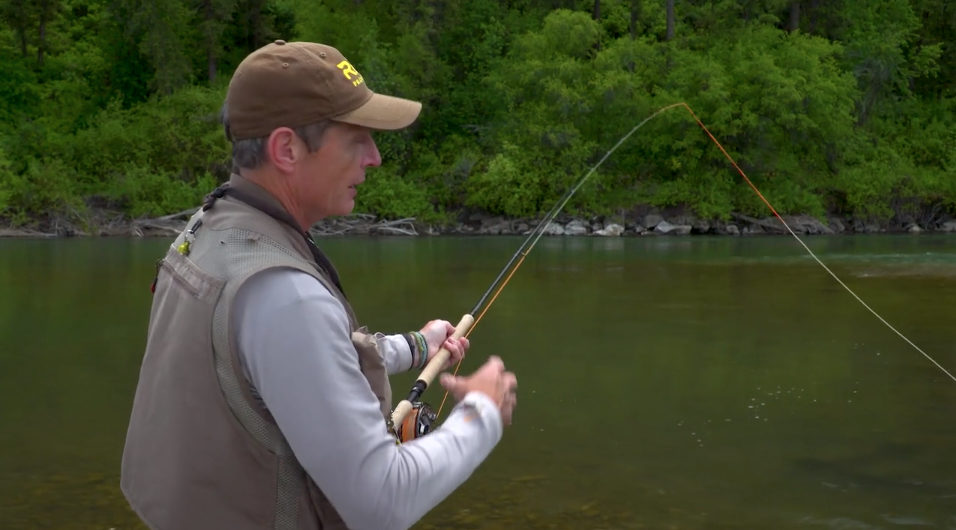On the whole, the spey cast looks a lot harder than it really is. But there is an art to it, and RIO’s Simon Gawesworth has mastered that art.
For a good spey cast to occur, a lot of little things have to come together, and if you’ve never spey casted before, it likely looks like something incredibly complex. In reality, newcomers to spey casting might have a distinct advantage—learning how to do it correctly from the start will craft quality muscle memory for the long haul. Some folks who are “self-taught” (I’m guilty!) have to unlearn bad habits (still guilty).
And there may not be a better spey cast instructor than Simon.
Above, in part two of RIO’s three-part series on spey casting, Simon shows us how to avoid the “bloody L,” or “Aussie style” on the back cast. As you’ll see, crafting the ideal “D-loop” in your backcast helps you deliver line more efficiently. And it all starts at the beginning of the backcast, when you lift the rod in preparation for the next cast. Rather than move the rod laterally, Simon shows how to start that backcast from the top of the lift—that creates a good anchor in the shape of a “D.”
That unwanted lateral movement of the rod tip? If we cast from that position, we’ll get that dreaded “bloody L.”



